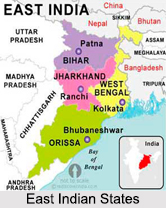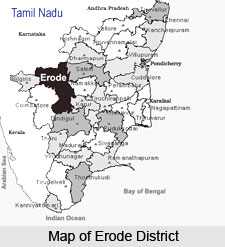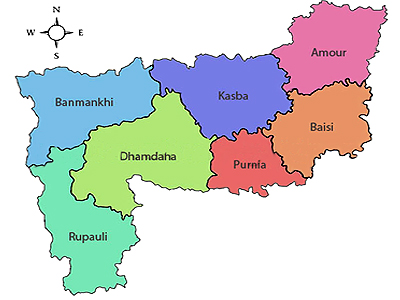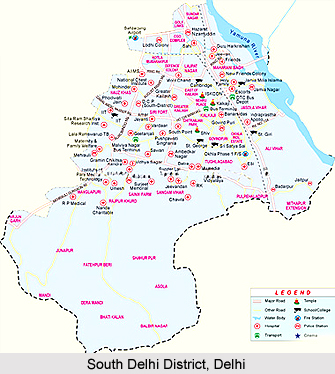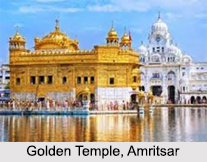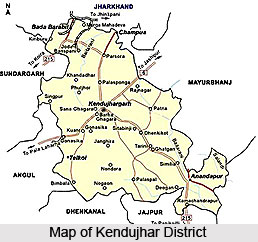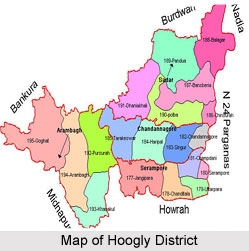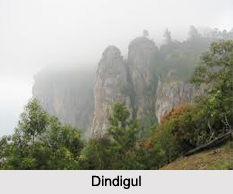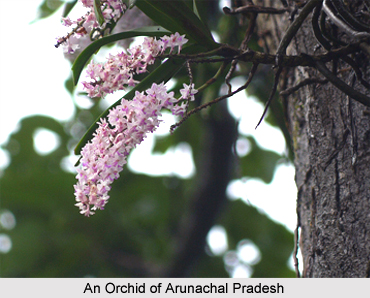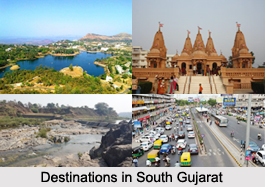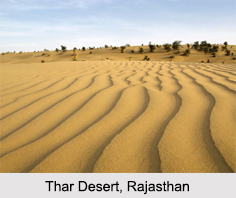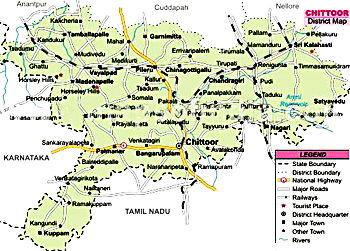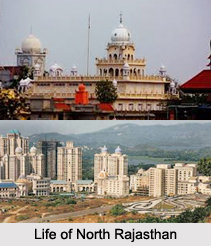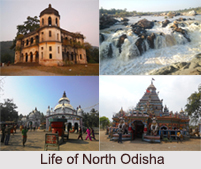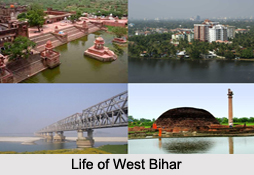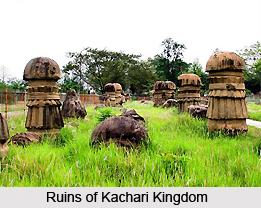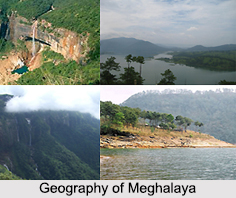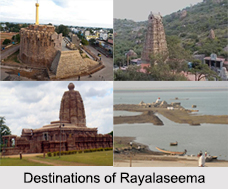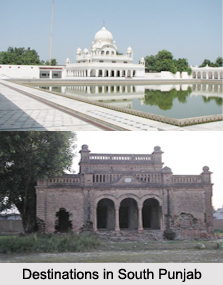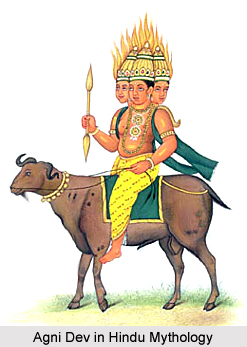 History of Darbhanga District in Bihar dates back to the Ramayana and Mahabharata periods. According to the Vedic sources, the Videhas of Aryan stock first migrated to the area from the banks of Saraswati in Punjab. They were guided to the east of Budhi Gandak River by Lord Agni, God of Fire. Settlements were established and, thus, flourished the kingdom of Videhas. In course of time, the Janaks ruled Videhas. In this line of kings there was a very famous king named Mithi. To commemorate his greatness the territory was named as Mithila. Another famous king was Janak Sirdhwaja. Traditions also speak of Kapila Muni`s relationship with this area that propounded the Sankhya philosophy. Association of this area with Pandavas is also evident by the belief that they stayed here during their period of exile.
History of Darbhanga District in Bihar dates back to the Ramayana and Mahabharata periods. According to the Vedic sources, the Videhas of Aryan stock first migrated to the area from the banks of Saraswati in Punjab. They were guided to the east of Budhi Gandak River by Lord Agni, God of Fire. Settlements were established and, thus, flourished the kingdom of Videhas. In course of time, the Janaks ruled Videhas. In this line of kings there was a very famous king named Mithi. To commemorate his greatness the territory was named as Mithila. Another famous king was Janak Sirdhwaja. Traditions also speak of Kapila Muni`s relationship with this area that propounded the Sankhya philosophy. Association of this area with Pandavas is also evident by the belief that they stayed here during their period of exile.
Further, according to the history of Darbhanga District, the name of the district has been derived from its headquarters and principal town, which is said to have been founded by Darbhangi Khan. It is also said that the name Darbhanga was derived from Dwar-Banga or Dar-e-Bang meaning `The Gateway to Bengal`. Under the British rule, Darbhanga was initially a division of Sarkar Tirhut till it was constituted into a separate district in the year 1875. The sub-divisions of this district were formed as earlier as Darbhanga Sadar in the year 1845, Madhubani in the year 1846 and Samastipur in the year 1867. Moreover, it also states that Darbhanga was a part of Patna Division till the 1908, when the separate Tirhut Division was formed. Darbhanga was made the divisional headquarters in the year 1972 when all the three sub-divisions got the position of independent districts. Thus, in this way Darbhanga District took its present shape.
This article is a stub. You can enrich by adding more information to it. Send your Write Up to content@indianetzone.com
